The automobile industry’s subtle manipulation has engineered a profound shift in consumer preferences, catapulting SUVs and trucks to the forefront of the market. This phenomenon is not merely a reflection of consumer demand, but rather a deliberate outcome of strategic marketing, government incentives, and a carefully curated scarcity of smaller cars.
The economic underpinnings of this trend are stark: smaller cars are less profitable, prompting manufacturers to systematically phase them out in favor of more lucrative SUVs and trucks.
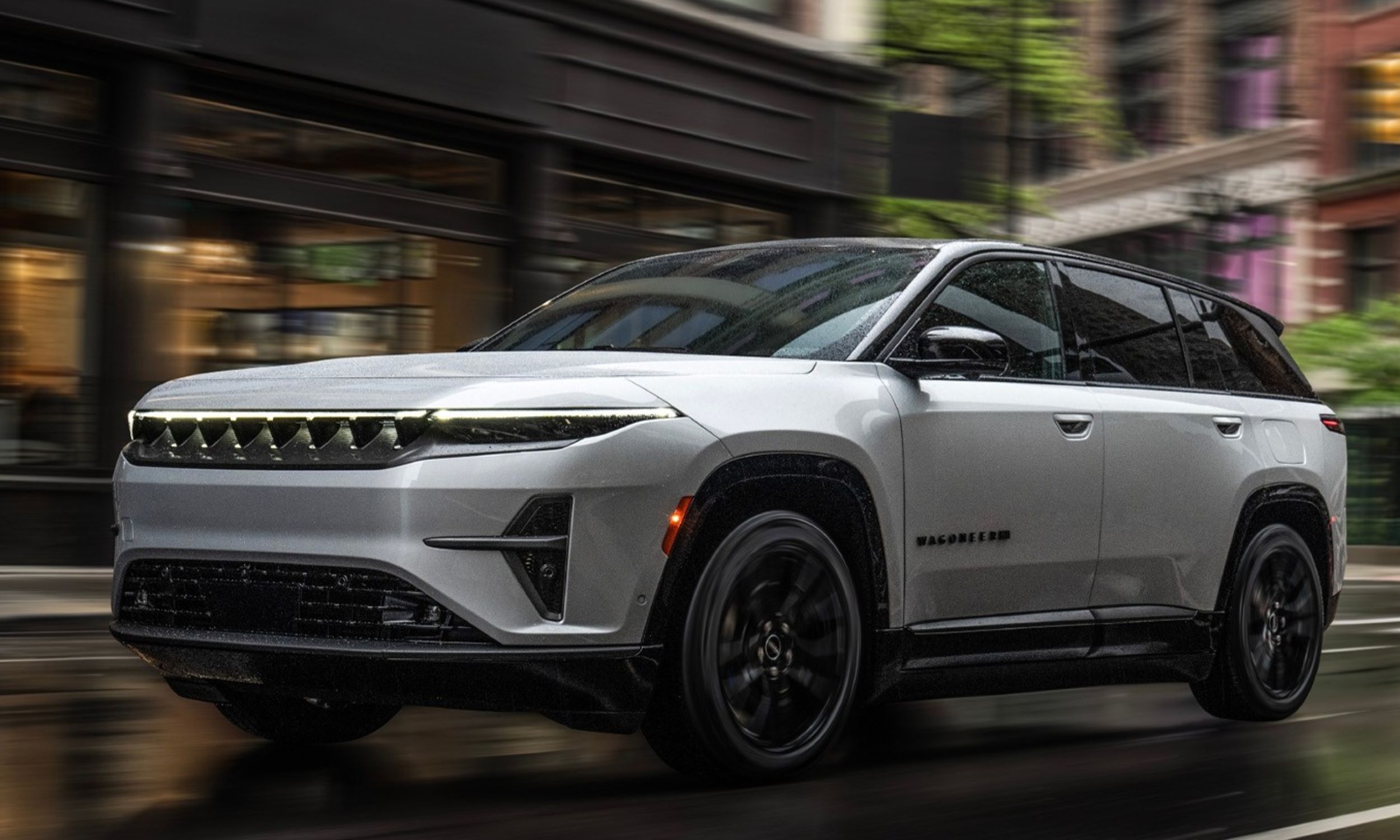
This calculated move has created a “prisoner’s dilemma,” where consumers are unwittingly coerced into opting for larger vehicles, even if their preferences lean towards more modest options.
The consequences of this manufactured trend are far-reaching and profound, with SUVs now accounting for a staggering 86% of Canadian sales in May. The environmental implications are equally alarming, with the International Energy Agency highlighting that SUVs would rank as the fifth-largest emitter of CO2 if they were a country.
Industry analysts like Stephanie Brinley and David Zipper concur that the ubiquity of SUVs is not an organic reflection of consumer desire, but rather a carefully crafted outcome of market manipulation.
As the industry continues to prioritize profits over sustainability, it is clear that the rise of SUVs is a deliberate construct, designed to serve the interests of manufacturers rather than the needs of consumers or the environment.
By limiting options and creating a culture of convenience, the industry has successfully engineered a paradigm shift in consumer behavior, with far-reaching consequences for the planet.





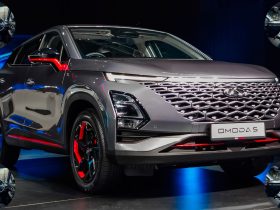


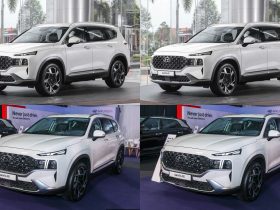
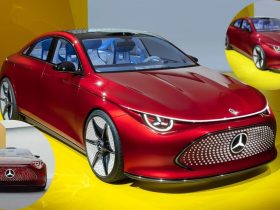










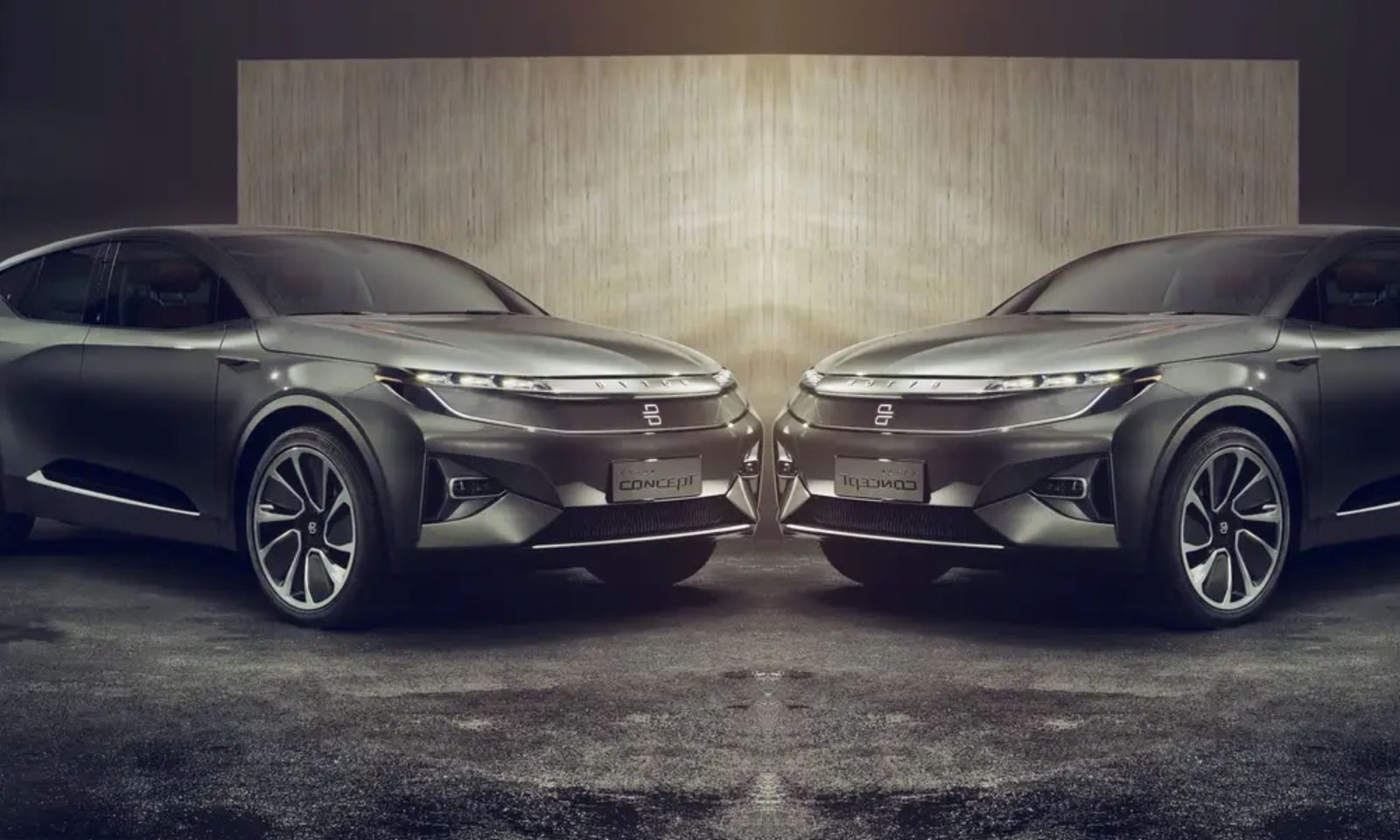
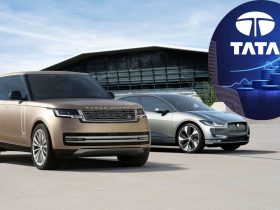




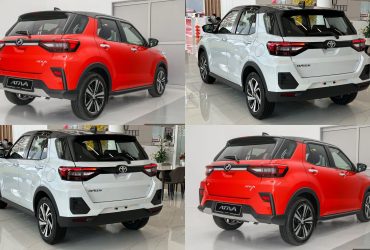

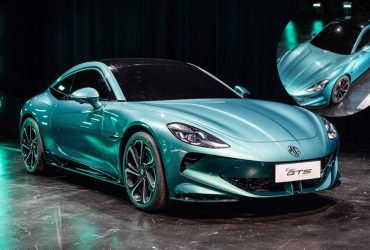
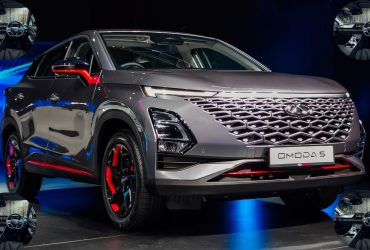


Leave a Reply